You’re only four simple ingredients (flour, butter, potato & salt) away from chowing down on these soft, savory and incredibly moreish gluten free Irish potato bread cakes!
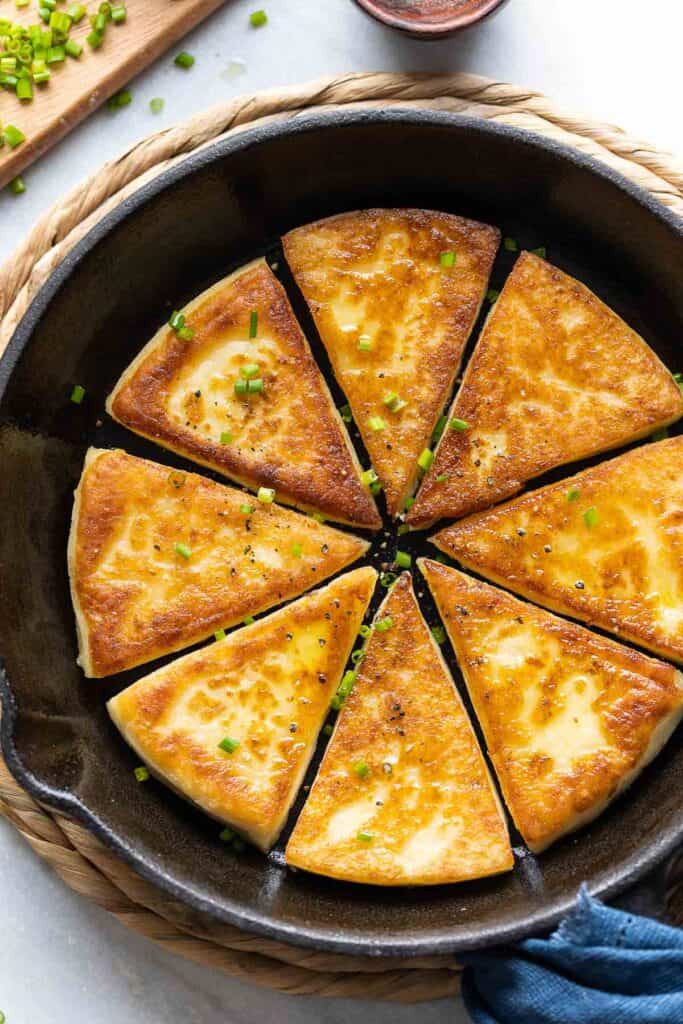
What is Irish Potato Bread?
In the inspired words of Samwise Gamgee: “Po-ta-toes. Boil ’em, mash ’em, stick ’em in a stew.”
Or in the case of Irish Potato Bread: Boil ’em, mash ’em, fry them in a pan!
If a basic flatbread and a hash brown could team up and make a delicious, pancake-like food baby – you’d end up with Irish Potato Bread.
Depending on what part of Ireland you’re in, you might also hear them referred to by different names including: Irish potato farls, potato fadge, tattie scones or simply potato cakes.
Though they are a staple component of an Ulster Fry (a traditional, full Irish breakfast) they make a great side so soups and stews any time of day.
How to Make Gluten Free Irish Potato Bread
Fortunately for all of us gluten free folks, they’re incredibly easy to make gluten free. All you need are a few basic ingredients and equipment and you’re almost there.
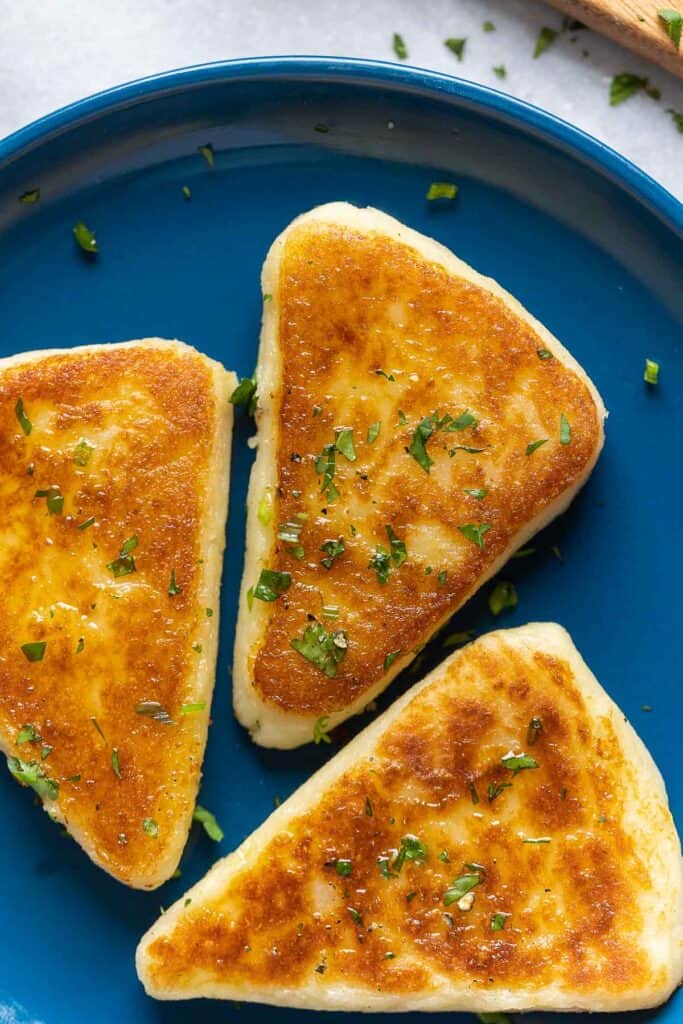
Ingredients
- Potato: Traditional Irish Potato Bread is made with floury potatoes to achieve a fluffy texture. Look for something like: Yukon Golds, Maris Piper, King Edward, and Russet Potatoes.
- Flour: Instead of wheat flour, just use a basic gluten free all purpose flour blend.
- Butter: Both salted and unsalted butter work. I like salted butter for the flavor, but if you’re trying to watch your sodium, use unsalted butter.
- Dairy Free Option: Use a vegan/plant-based butter or olive oil.
- Salt: Add to both the water to boil the potatoes and to the dough.
- Baking Powder (optional): Baking powder works as a leavener to give your bread a little lift for a slightly lighter, fluffier potato cake. Leave it out if you like for a denser texture.
Additions
- Make it cheesy: Try adding up to 1/2 cup grated parmesan cheese, pecorino, cheddar, mozzarella, etc.
- Make it herby: Add fresh or dried herbs! Try it with parsley, chives, thyme, oregano or basil. I recommend adding up to 1/4 cup fresh herbs or 1 tablespoon dried herbs.
- Add Spices: Season with garlic powder, onion powder, cayenne, black pepper, paprika, etc. How much you add will mostly depend on personal preference. Just remember a little can go a long with with dried herbs so don’t go overboard.
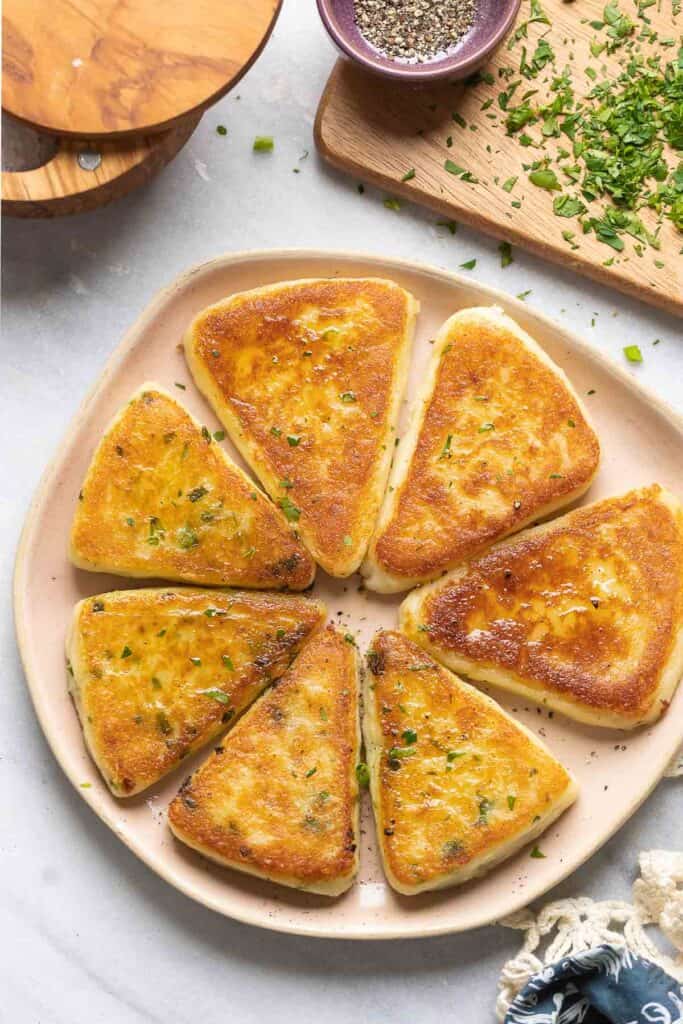
Bite-Sized Steps
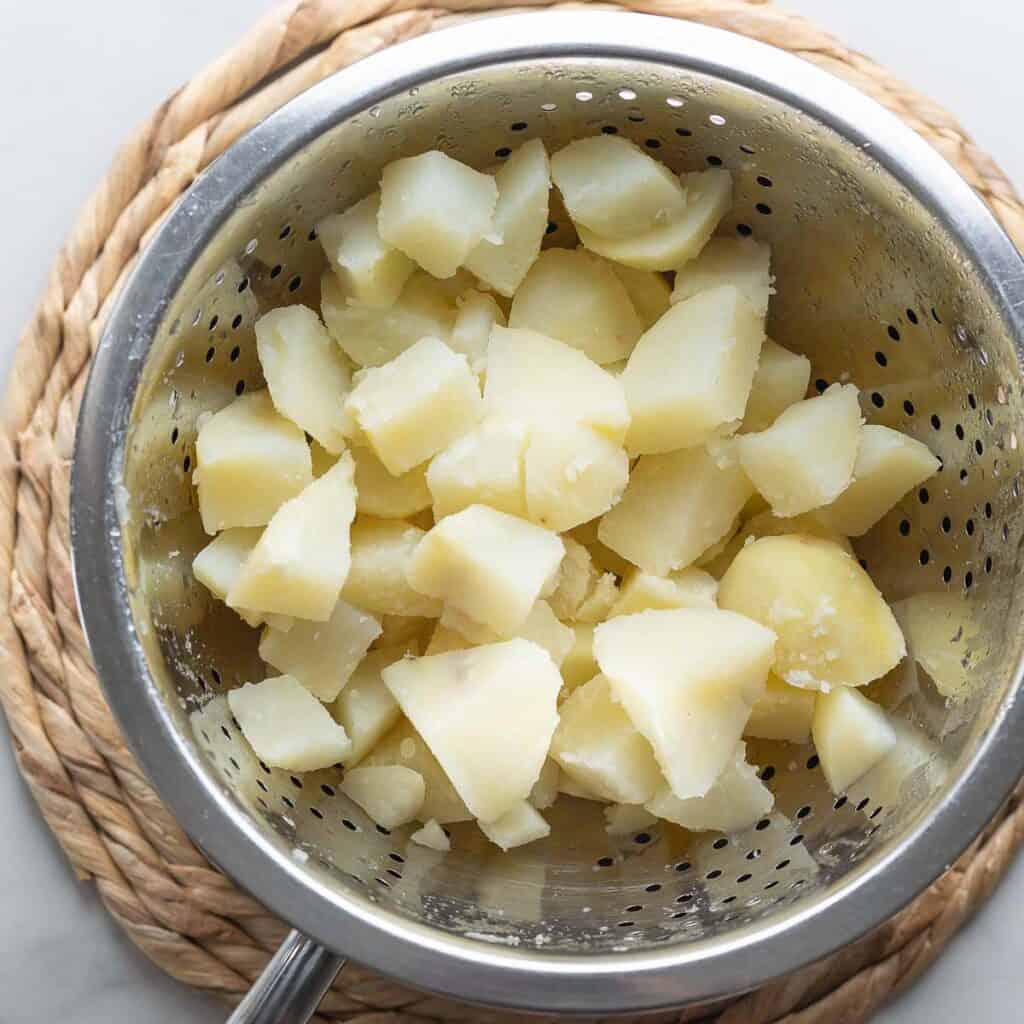
Boil: Drain water then place over the pot to dry/cool.
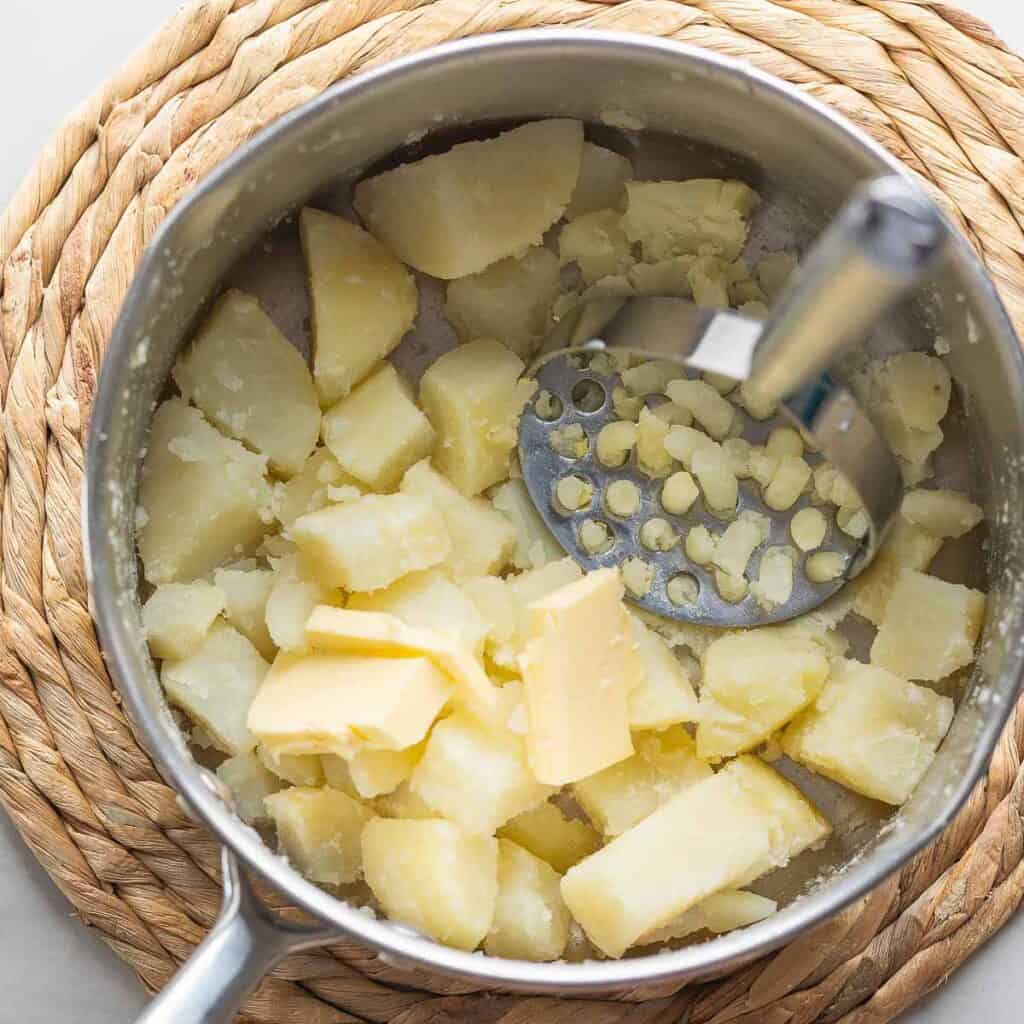
Mash: Add butter and mash while hot until no lumps remain.
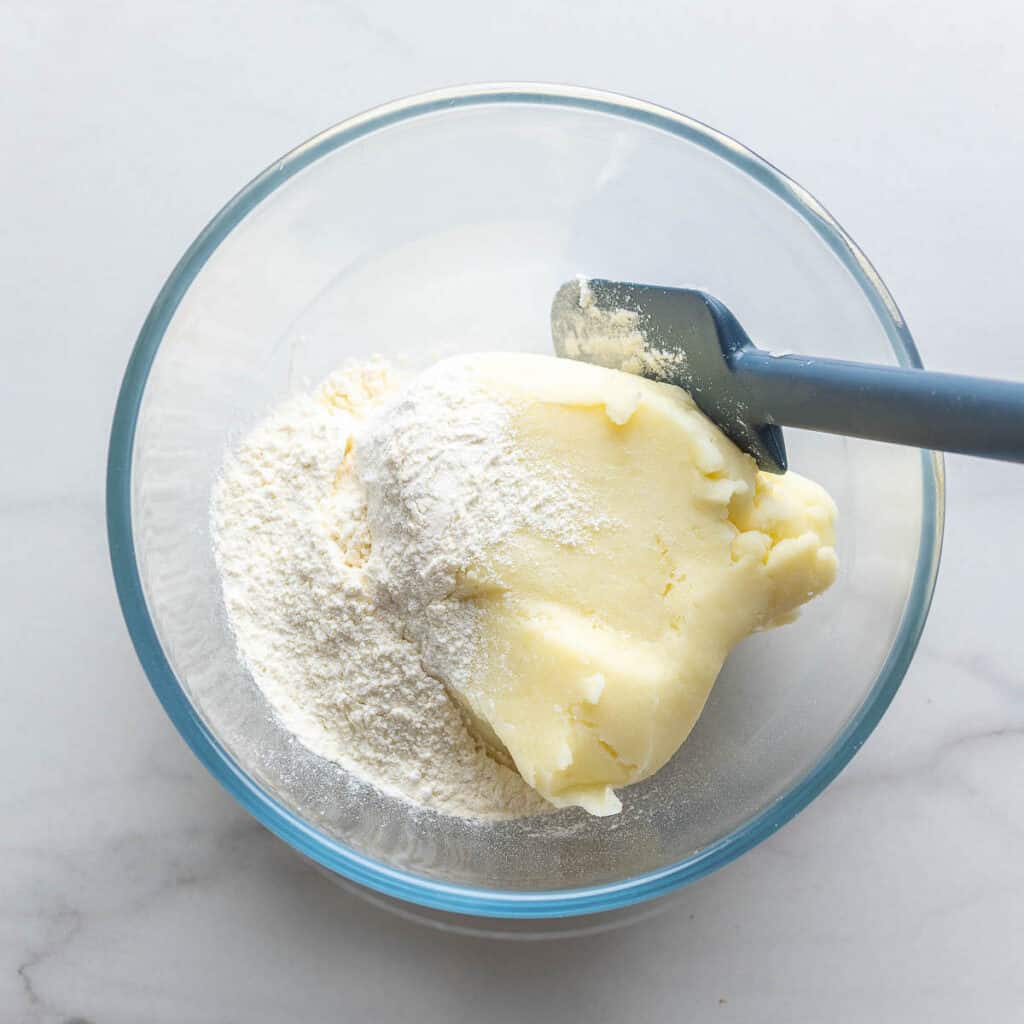
Combine: Transfer mashed potatoes and dry ingredients to mixing bowl.
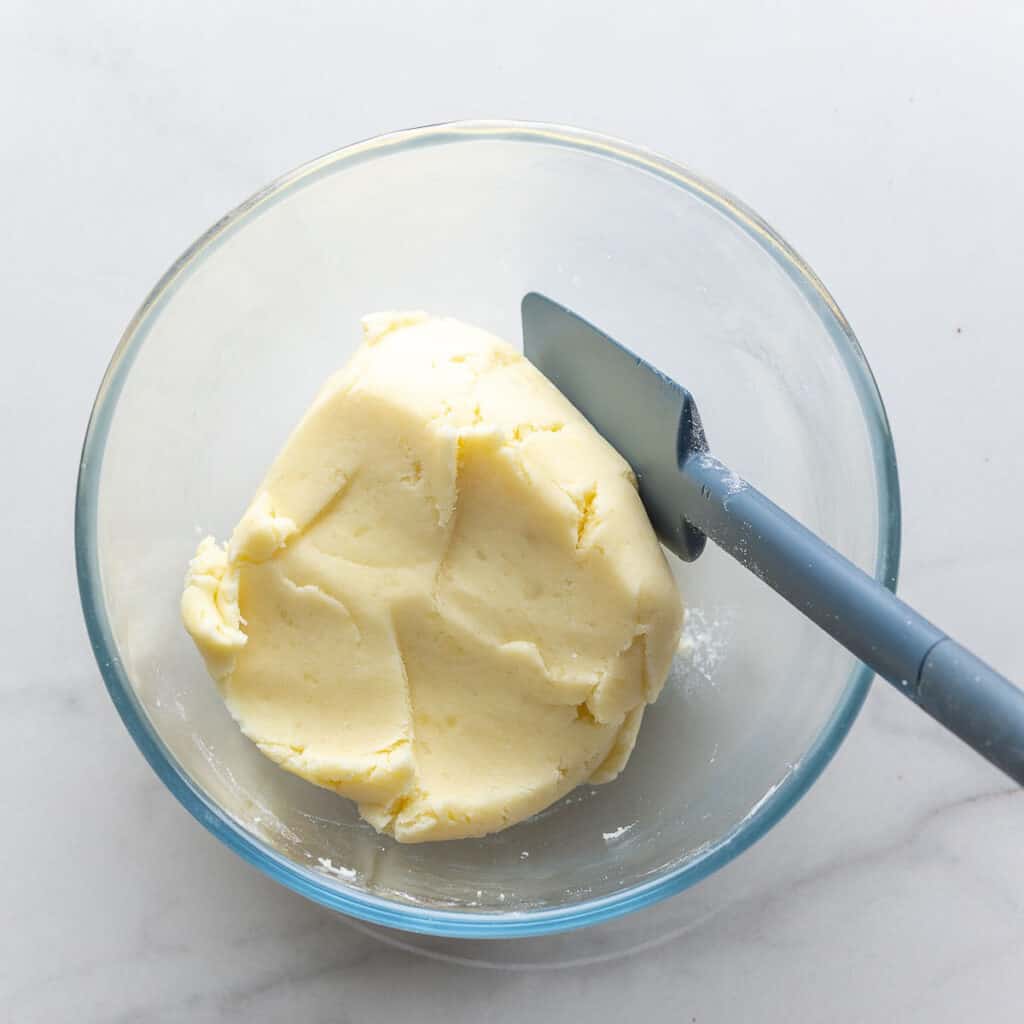
Mix: Mix the potato mixture together until a thick, soft ball of dough forms.
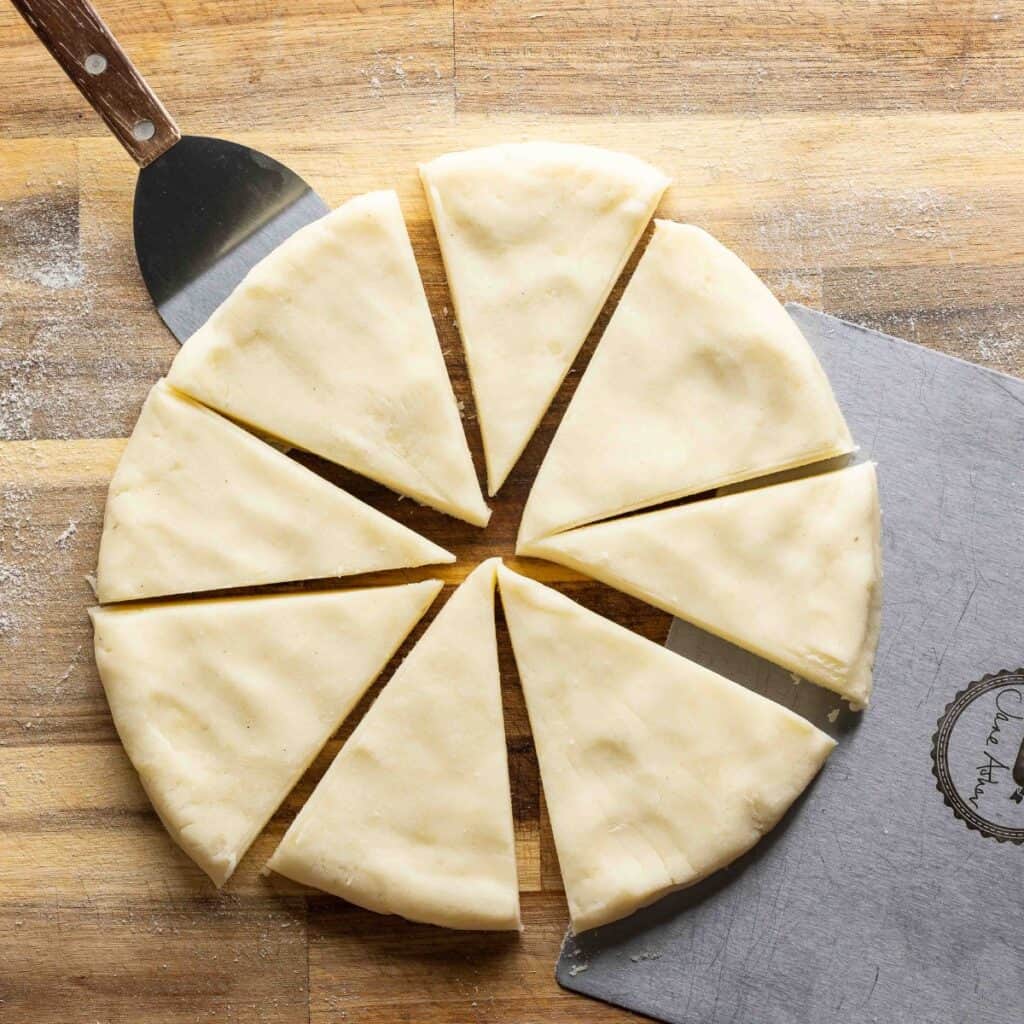
Shape: Shape the potato dough into an 8 inch-circle on a floured counter top then cut into wedges.
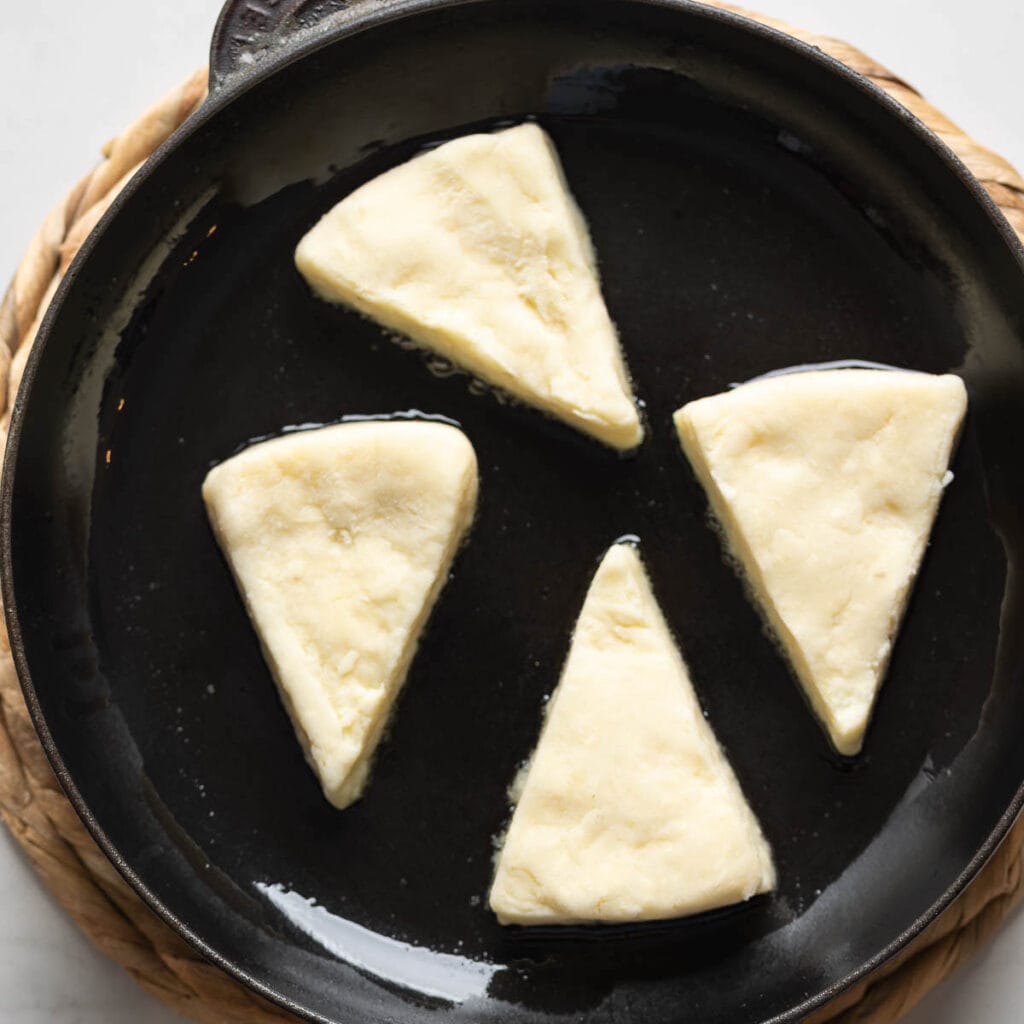
Fry: Fry in a well-seasoned cast iron pan or non-stick pan on each side until golden.
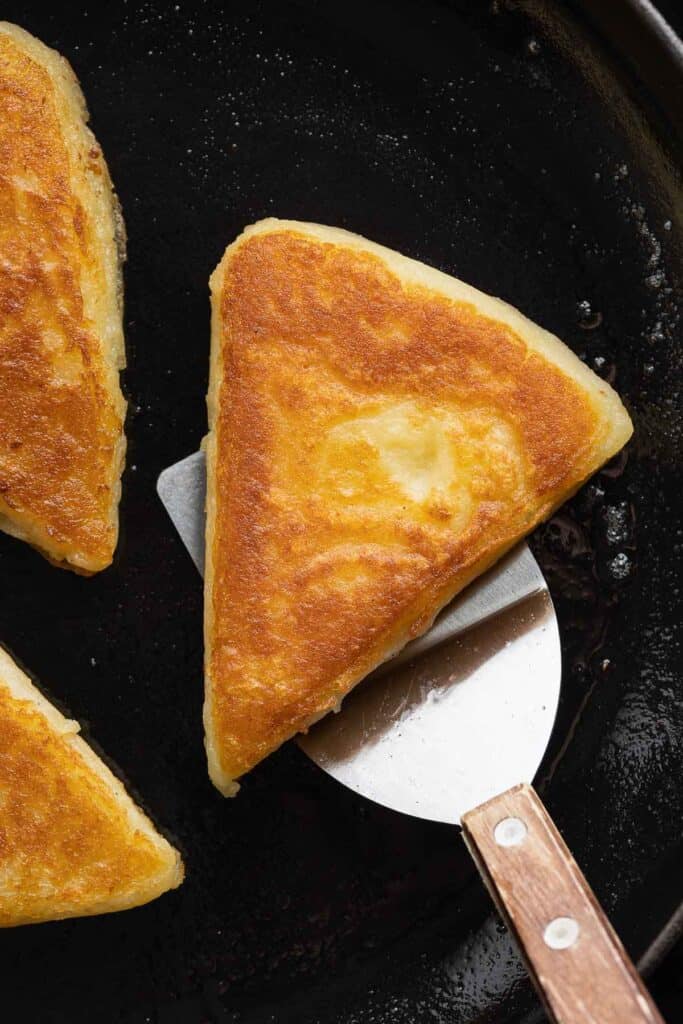
Recipe Questions
What type of potato should I use?
Traditional Irish Potato Bread is made with floury potatoes to achieve a fluffy texture.
Good options: Yukon Golds, Maris Piper, King Edward, and Russet Potatoes.
Can I make this using sweet potatoes instead?
Yes! Though you will need to make a few small changes in the process to do so successfully.
After you drain the boiling water, tip the potatoes back into the hot pot (with the butter) and leave, uncovered on the burner (stove top off) for about 15-20 minutes. The goal is to basically cook off as much excess moisture from the potatoes as you can before adding the remaining ingredients.
Add more flour to the dough to create a soft dough. Sweet potatoes have much less starch than white potatoes, so they will need more flour to firm up.
Roll the dough out into thinner pieces, about 1/4 inch thick at most. Too thick, and the potato cakes are more likely to fall apart in the cooking process.
Can I use a different type of flour?
If you are comfortable with experimenting with different flours and outcomes – go for it! I’m sure you could swap out the gluten free flour blend for different types of gluten and grain free flours, but the amounts needed will vary depending on the flour.
If you’re up for the challenge, I recommend you start with a similar amount of flour called for in the recipe card below (unless you try coconut flour, then do less!) and add a spoonful of flour at a time, mixing after each addition, until you get a soft dough.
Also keep in mind that different flour will change the overall flavor. Try to use a flour that you already know you like the flavor of.
How do I fix sticky dough?
Add extra flour until soft and workable. Only add 1 spoonful at a time, mixing in between each addition. You kind of need to feel it out until the dough is soft and workable.
How do I fix dry dough?
Add more melted butter until it easily clumps without breaking.
Freeze for Later
- Freeze: Cool the fried potato cakes to room temperature then spread across a large baking sheet (one you can fit inside your freezer). Freeze on the baking tray for an hour or two until solid, then transfer them to a freezer bag or container.
- Make sure to label and date the bag and freeze up to 3 months.
- Reheat: Let thaw in the fridge overnight then reheat by frying them in a pan until heated through. Alternatively, you can reheat from frozen by baking them in the oven for about 15-20 minutes at 350°F (175°C).
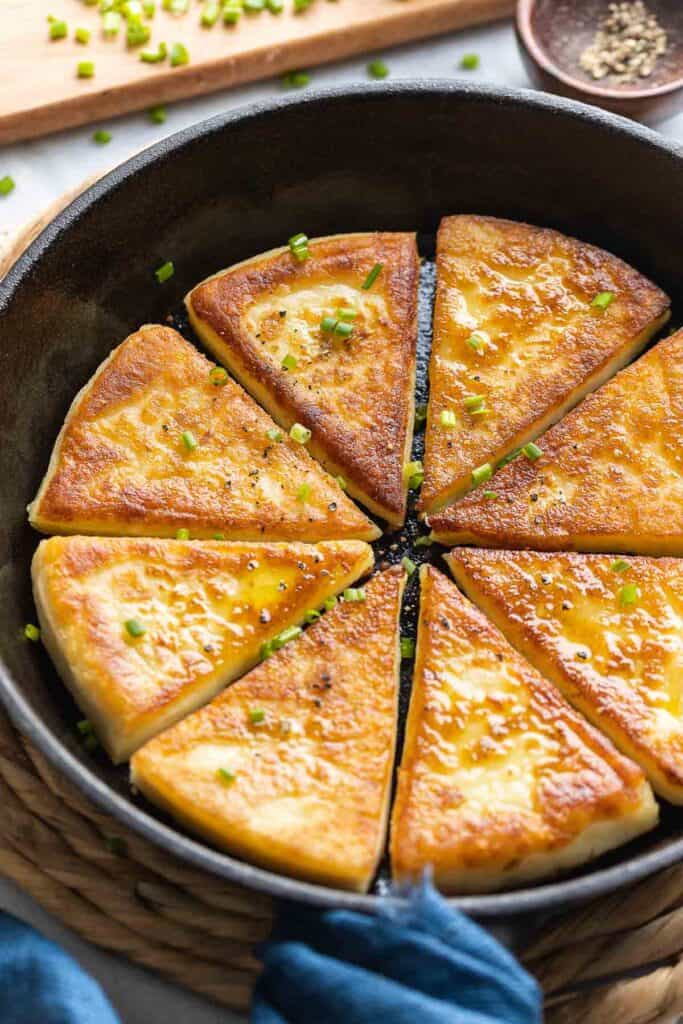
More Homemade Bread Recipes to Try
Enjoy!
Let me know if you try this Gluten Free Irish Potato Bread recipe! I’d love to hear what you made with it and how it turned out! Please leave a comment and review with your thoughts and suggestions for me and future readers.
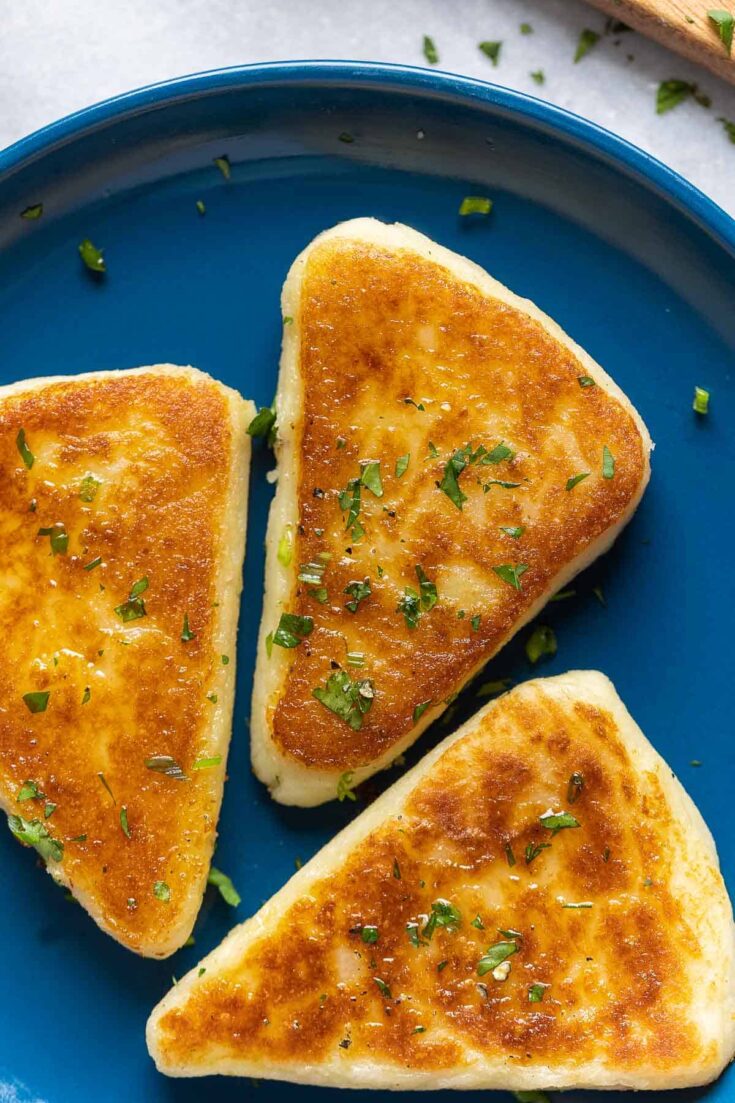
Gluten Free Irish Potato Bread
Made with mashed potato, gluten free flour, butter and salt.
Ingredients
- 1 lb potatoes, peeled and cut into chunks or 2 cups (450g) mashed potato*
- 3 tbsp softened or melted butter (42g)
- 6 tbsp gluten free all purpose flour (50g)
- 1/2 tsp baking powder
- 1/2 tsp salt + more seasoning
Instructions
- Boil potatoes in a pot of salted water until you can easily pierce them with a fork, about 10-20 minutes depending on how large your potato chunks are. Drain water with a colander, then place the colander over the now empty pot and let sit a few minutes over the hot pot to steam dry.
- Tip the cooked potatoes back into the pan to mash. Add butter and mash together with a potato masher (or potato ricer) until no lumps remain.
- Transfer the mashed potatoes to a large bowl. Add the flour, baking powder and salt to the bowl and mix together until fully combined. You should have a thick, soft dough.
- Transfer the dough to a lightly floured surface. Form the dough into an 8 inch round disc. Cut the dough into 8 equal wedges. For thinner, crispier potato cakes: divide the dough into 2 pieces first, then form each piece into an 8 inch round disc.
- Warm a large non-stick pan or well seasoned cast iron skillet over a medium-high heat. Brush oil and/or butter. Once hot, add a potato cakes to the pan and let cook without moving for about 4-5 minutes or until golden brown on the bottom. Flip and cook the other side or until golden. Times will vary depending on the thickness of your cakes. Make sure not to overcrowd the pan so you can easily each cake.
- Transfer to a wire rack to finish cooling and repeat with the remaining dough. Enjoy while fresh and warm or store leftovers in an airtight container in the fridge for 3-4 days or freeze 3 months.
Notes
- Weigh/measure the potatoes after boiling so you end up with 450 grams or about 2 cups, mashed.
- Potato Type: For a fluffy texture, choose a starchy potato like Yukon Golds, Maris Piper, King Edward, and Russet Potatoes.
- Pre-Mashed Potato: If using leftover mashed potatoes, you'll need about 2 cups or 450 grams. If your mashed potatoes were made with a lot of milk or cream you may need to increase the flour until you're able to form a dough that's soft, but not sticky.
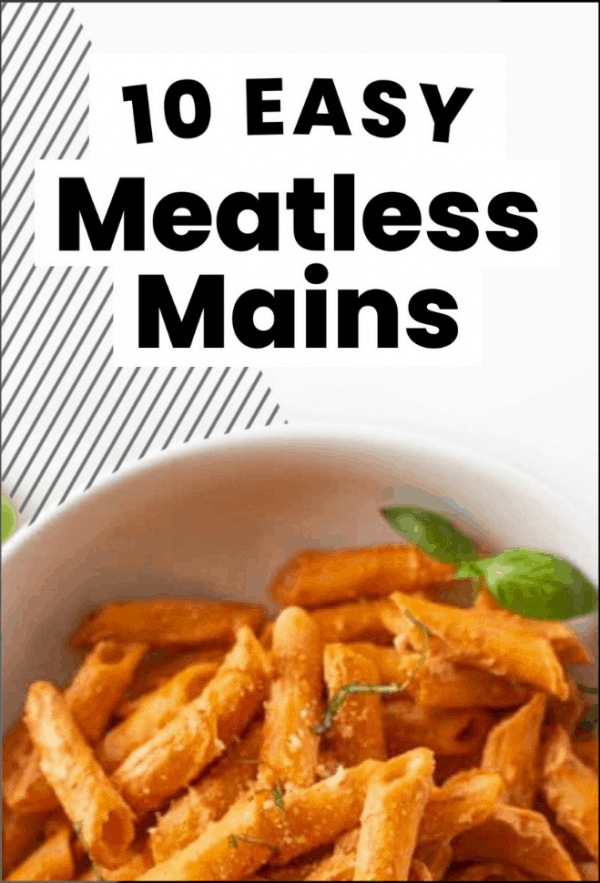

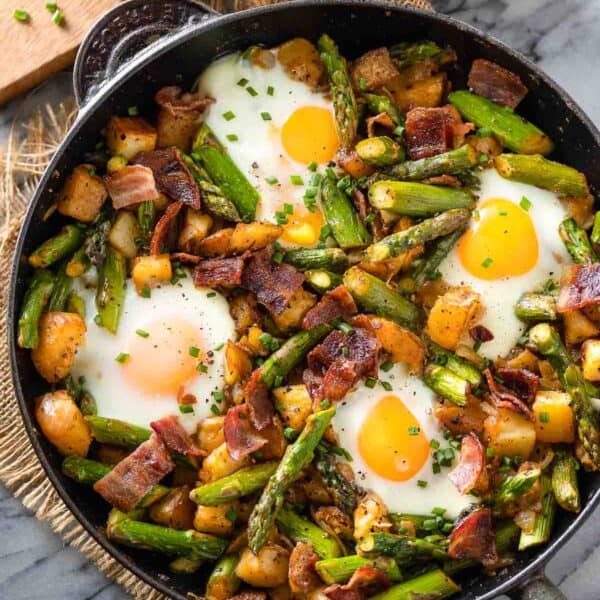
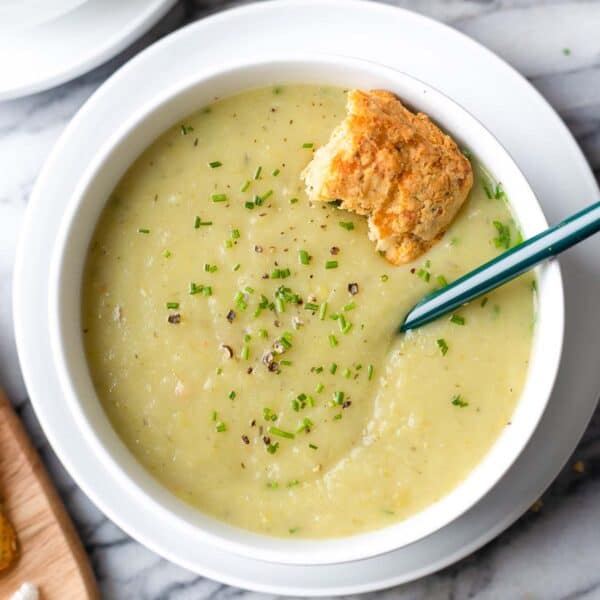
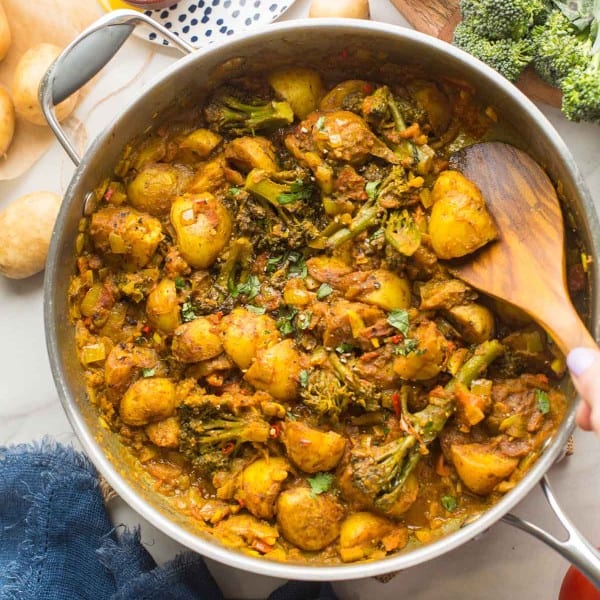
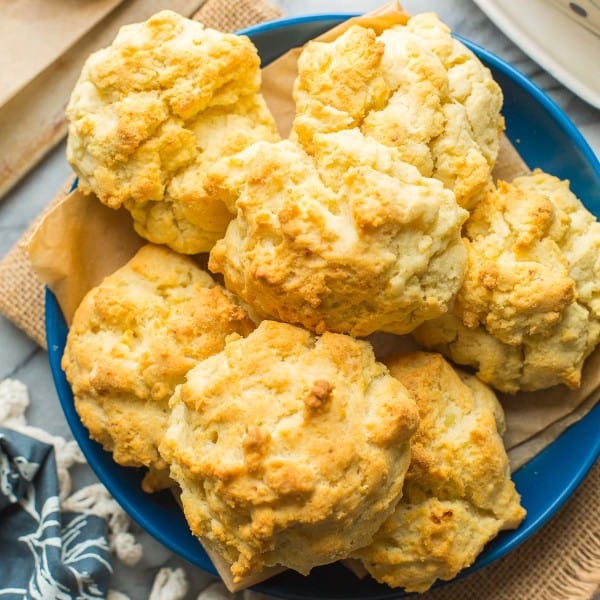
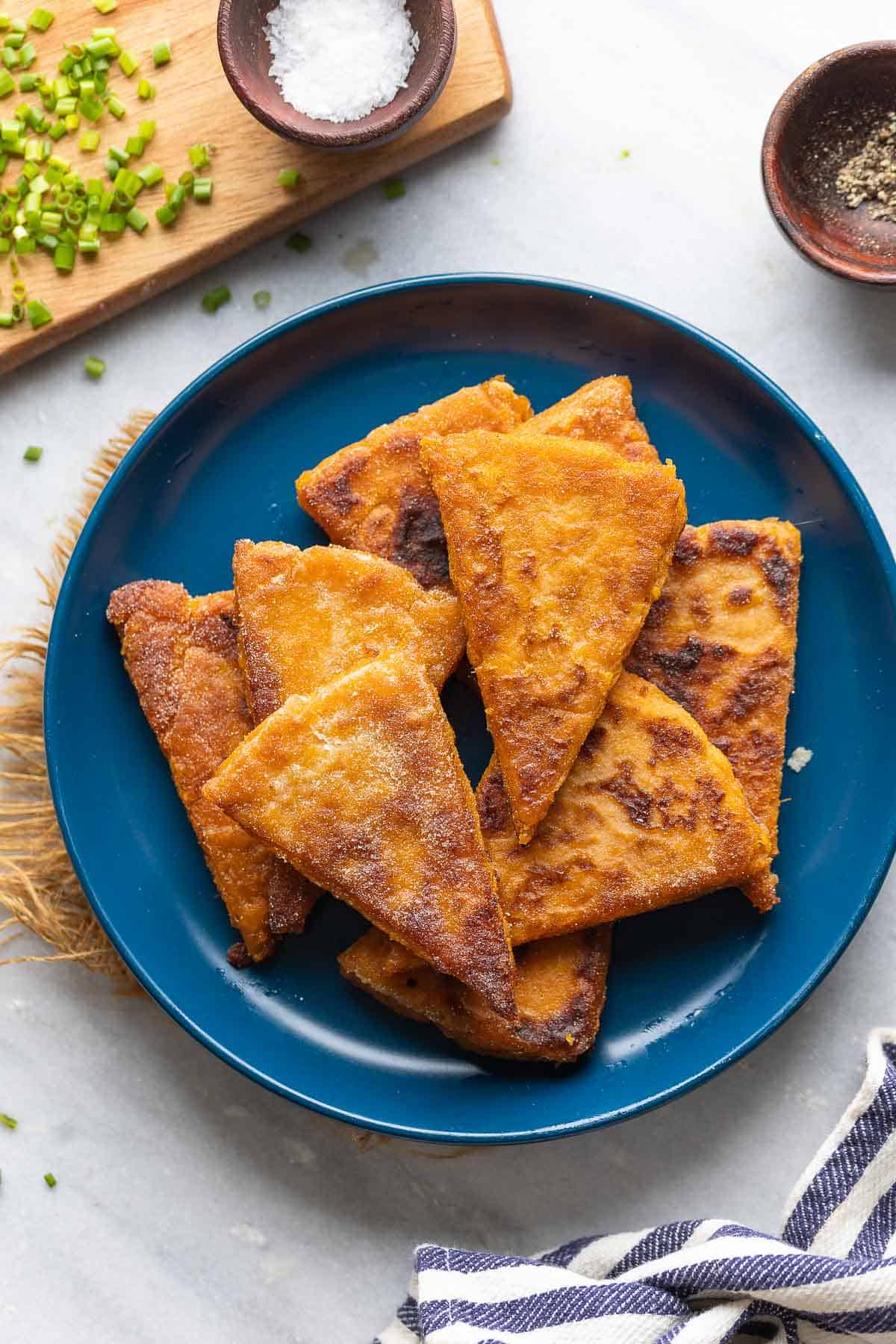
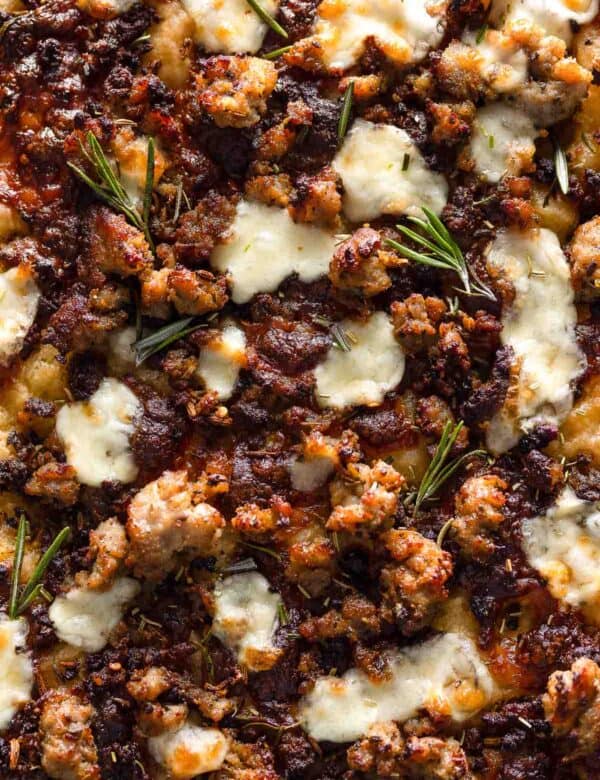
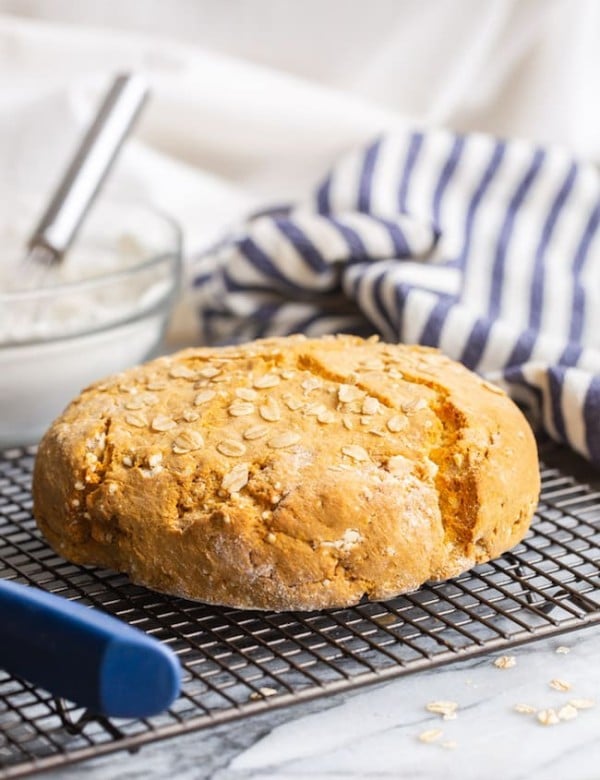
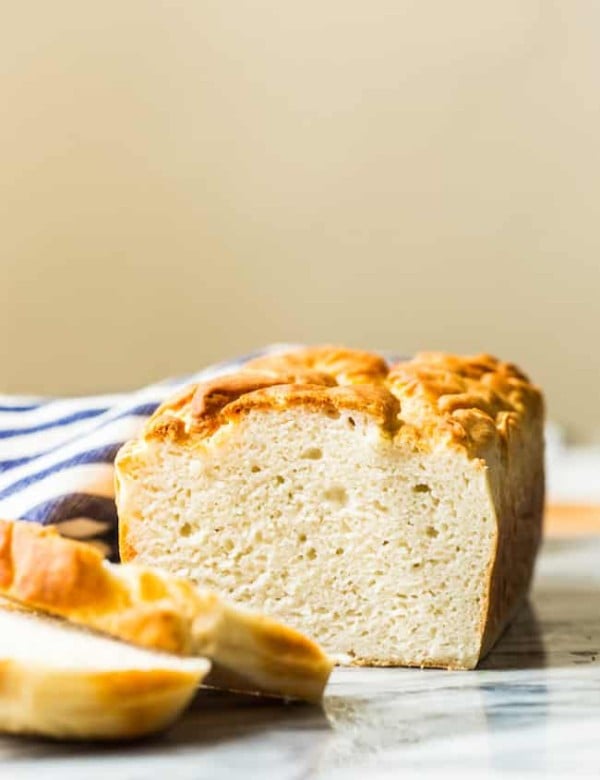


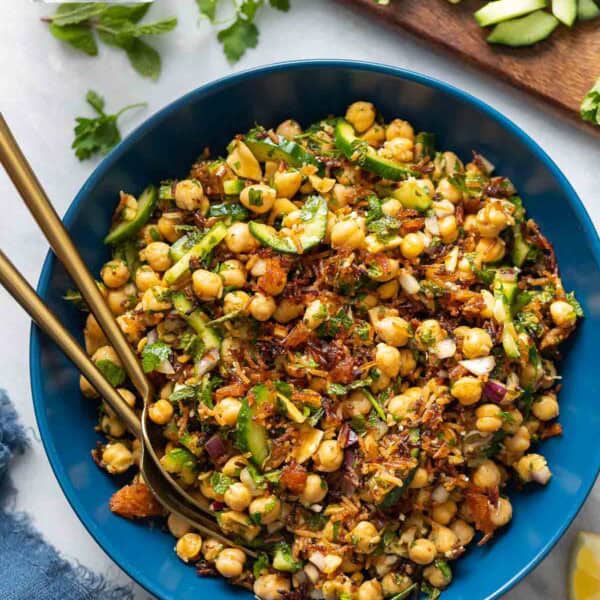
Leave a Review!